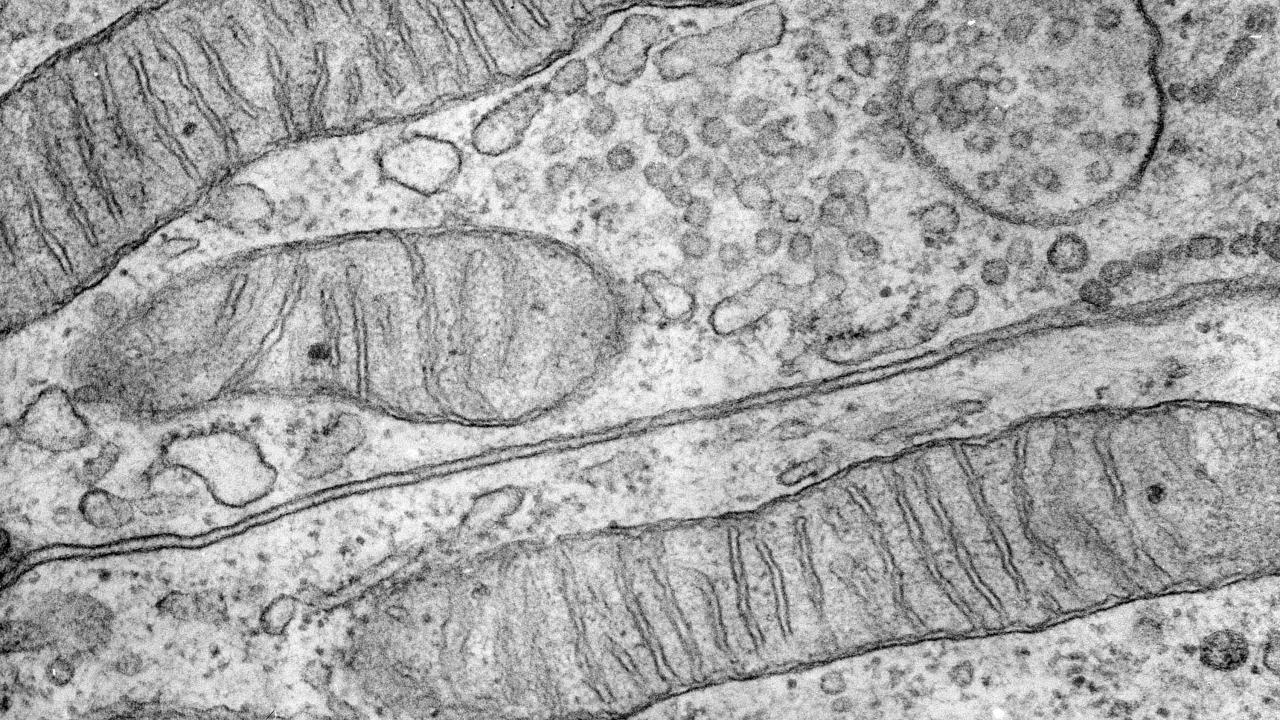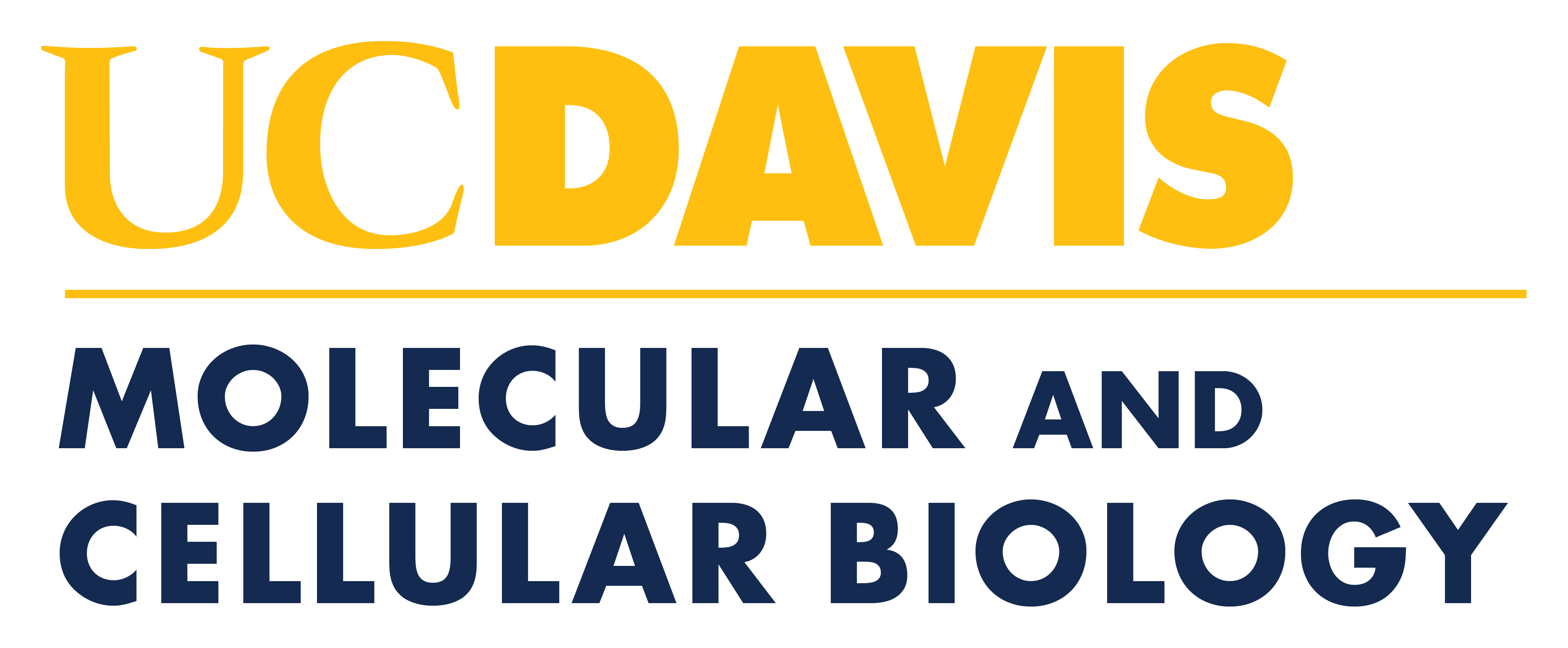
Tiny Engines Provide Energy for Life, Mapping Them Could Help Us Treat Genetic Disorders
Biochemist maps the 3D structure of biology’s most complex machine, in hopes of curing devastating diseases
Inside our cells are tiny engines that supply the energy to sustain life. These protein machines essentially burn our food – producing CO2 and harnessing the energy that is released to sustain growth, movement and even thought.
Each year, roughly 1.6 million people worldwide are born with genetic diseases that disrupt these tiny cellular engines – making life difficult.
“Mutations in these protein complexes are really devastating, and often lethal,” says James Letts, an associate professor of molecular and cellular biology.
These genetic disorders, called mitochondrial diseases, are especially damaging to the tissues that have the highest energy needs – including the heart, brain, and muscles – and cause heart failure, weakness, muscle wasting, seizures, dementia, loss of hearing and sight, and difficulty walking or moving.
Read Tiny Engines Provide Energy for Life, Mapping Them Could Help Us Treat Genetic Disorders.
